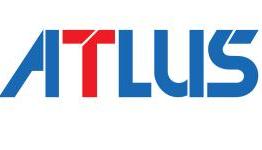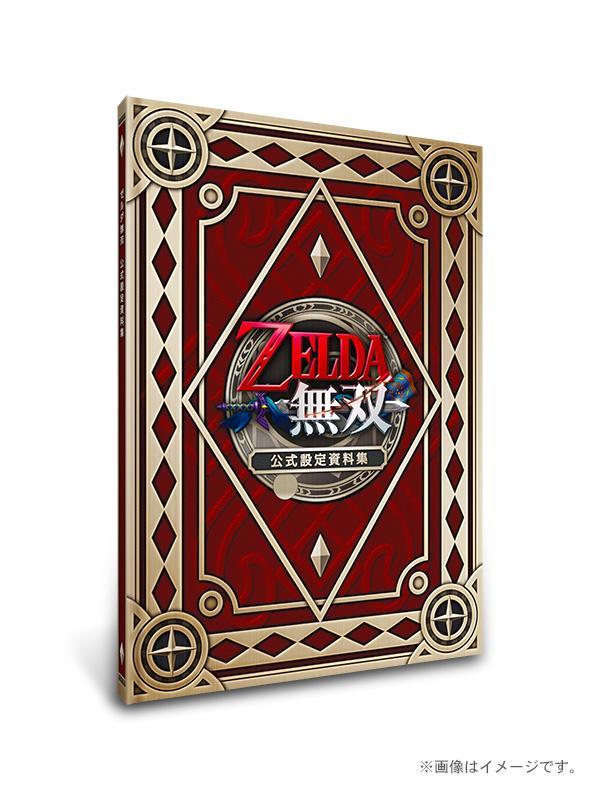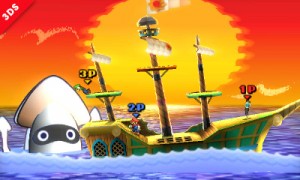Senran Kagura 2: Deep Crimson will be getting a two-hour live-stream on Friday, Marvelous has announced. The broadcast will be held at 7 AM ET / 4 AM PT / 12 PM UK / 1 PM Europe. Producer Kenichiro Takaki will be in attendance, but aside from that, we don’t know what’s planned.
Be sure to keep track of this Niconico link for the stream.
This week’s issue of Famitsu contains an interview with Atlus CEO Naoto Hiraoka and representative Yukio Sugino.
Speaking about games in the pipeline other than Persona, Hiraoka teased:
“I believe we’ll be able to announce ‘that title’ soon. At the moment, we’ve even begun development on a title that will be released in three years time.”
Hiraoka additionally confirmed that a brand new IP is in the works.
Atlus has expanded its efforts outside of games with the Persona series, thanks to projects such as the anime, stage plays, and film. This is something that Atlus hopes to extend to its other IP.
This week’s Famitsu review scores are as follows:
Ultra Street Fighter IV (PS3/360) – 9/9/9/9
Lost Dimension (PSV) – 8/8/8/9
Lost Dimension (PS3) – 8/8/8/8
Senran Kagura 2: Deep Crimson (3DS) – 8/8/8/7
Shin Hayarigami (PS3/PSV) – 7/8/8/8
Dragon Ball Heroes: Ultimate Mission 2 (3DS) – 7/8/8/7
Urakata Hakuoki: Akatsuki no Shirabe (PSP) – 7/8/7/7
Farming Simulator 14 (3DS) – 6/7/6/6
A couple of Bravely Second tidbits have already leaked from this week’s issue of Famitsu.
First, we’ve learned that Revo will not be working on Bravely Second as they did in the first game due to scheduling conflicts. Gamers will instead be treated to new music from ryo, though a few tracks from Bravely Default will such as music from the game’s towns
A new trailer featuring ryo’s music for the game will be released soon.
Famitsu also confirms that a demo is planned for Bravely Second. A date for its release was not announced.
Rabi Laby 3 has been confirmed for release on the European 3DS eShop next week. It’ll be available on July 8 for €4.99. You may remember that Rabi Laby 3 came out in North America earlier this month.
#RabiLaby3 di #Agetec sarà disponibile sul #Nintendo #eShop (EU) del #3DS dal 7/8 a €4.99 @kitroplious @NinEverything pic.twitter.com/63y5xkfAID
— Nintendo Hall (@NintendoHall) July 29, 2014
The official Twitter account for Hyrule Warriors has given a first look at the game’s limited edition art book. You can find it above.
Sakurai doesn’t toy with our heartstrings quite so much today, giving us a look at some fresh 3DS stages:
He continues with a callback to another entry in the Paper Mario series:
Since the stage is paper, it transforms when it folds over and opens up again. This ship is the S.S. Flavion from Paper Mario: The Thousand-Year Door.
Hyrule Warriors will be seeing another streaming event this week. On Thursday, a special presentation will be held to celebrate the game’s completion.
Nintendo’s Shigeru Miyamoto, Zelda series producer and Hyrule Warriors supervisor Eiji Aonuma, Koei Tecmo president and CEO Yoichi Erikawa, general producer Hisashi Koinuma, and development producer Yosuke Hayashi will be attending.
The stream can be watched here at 2 PM Japan time. That should be 1 AM ET / 10 PM PT, assuming my timezones are correct!



















